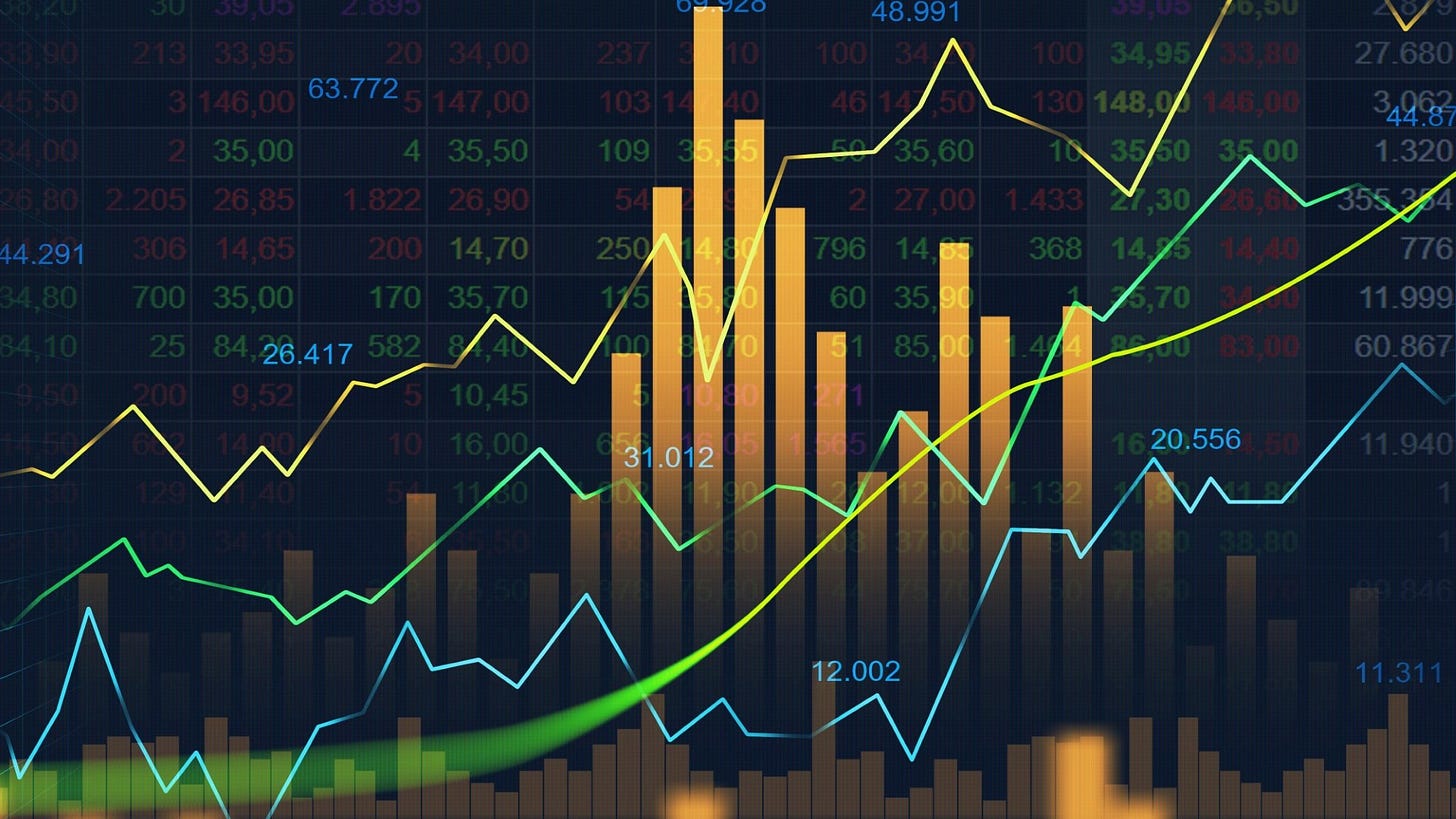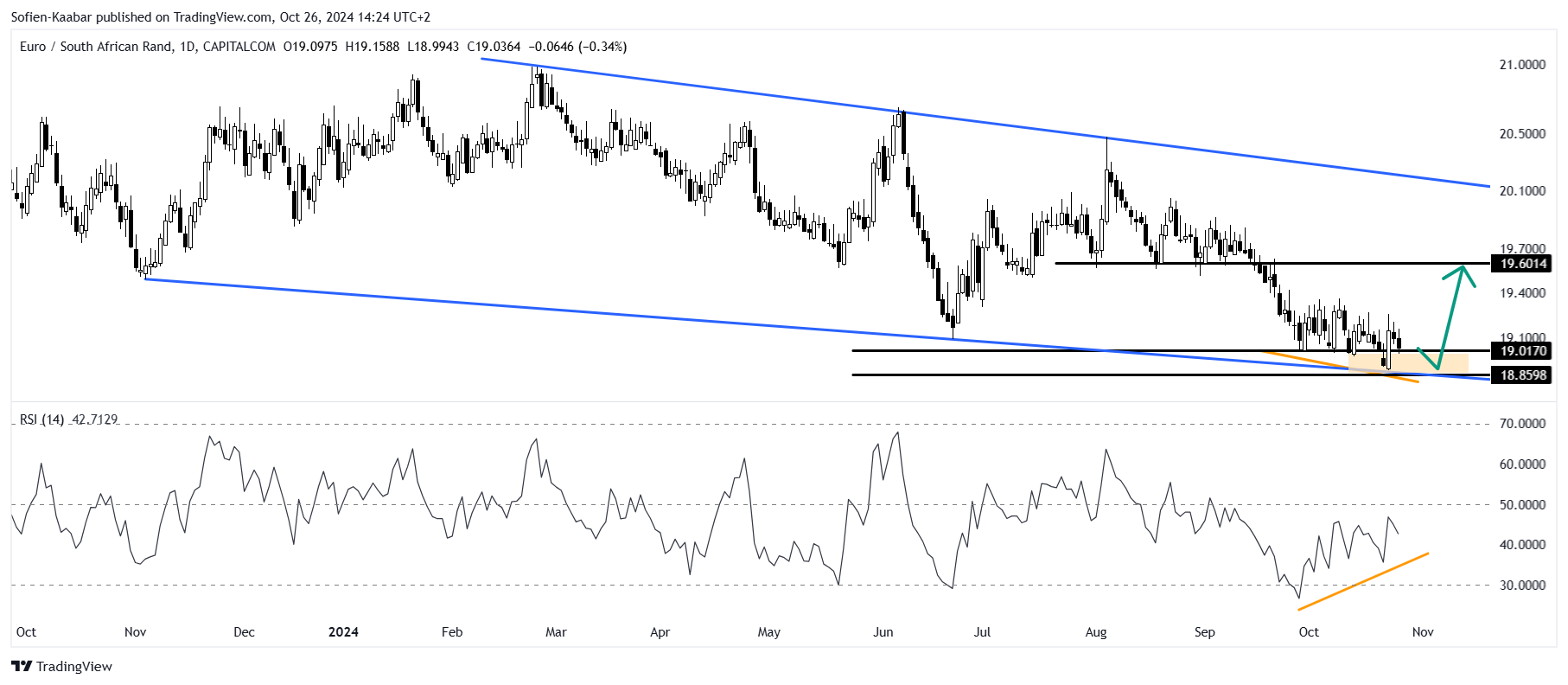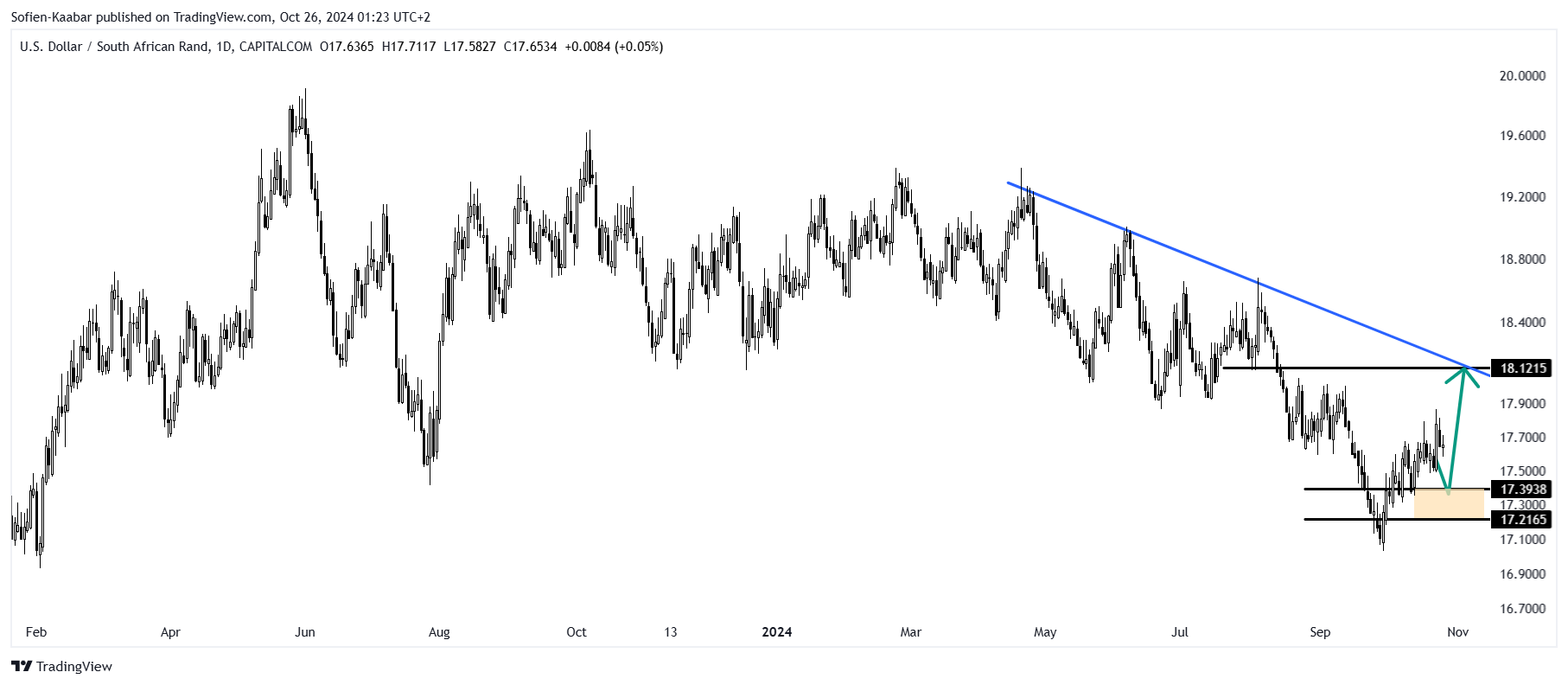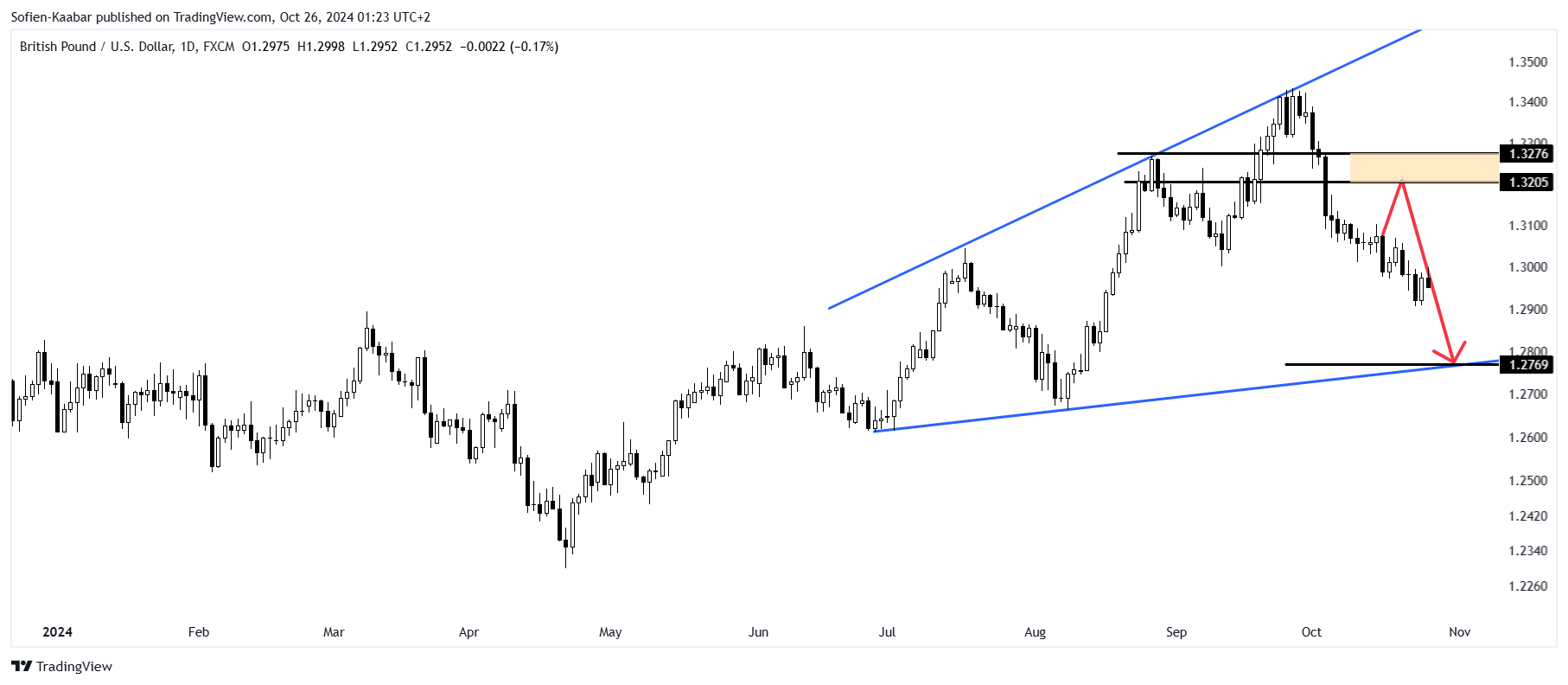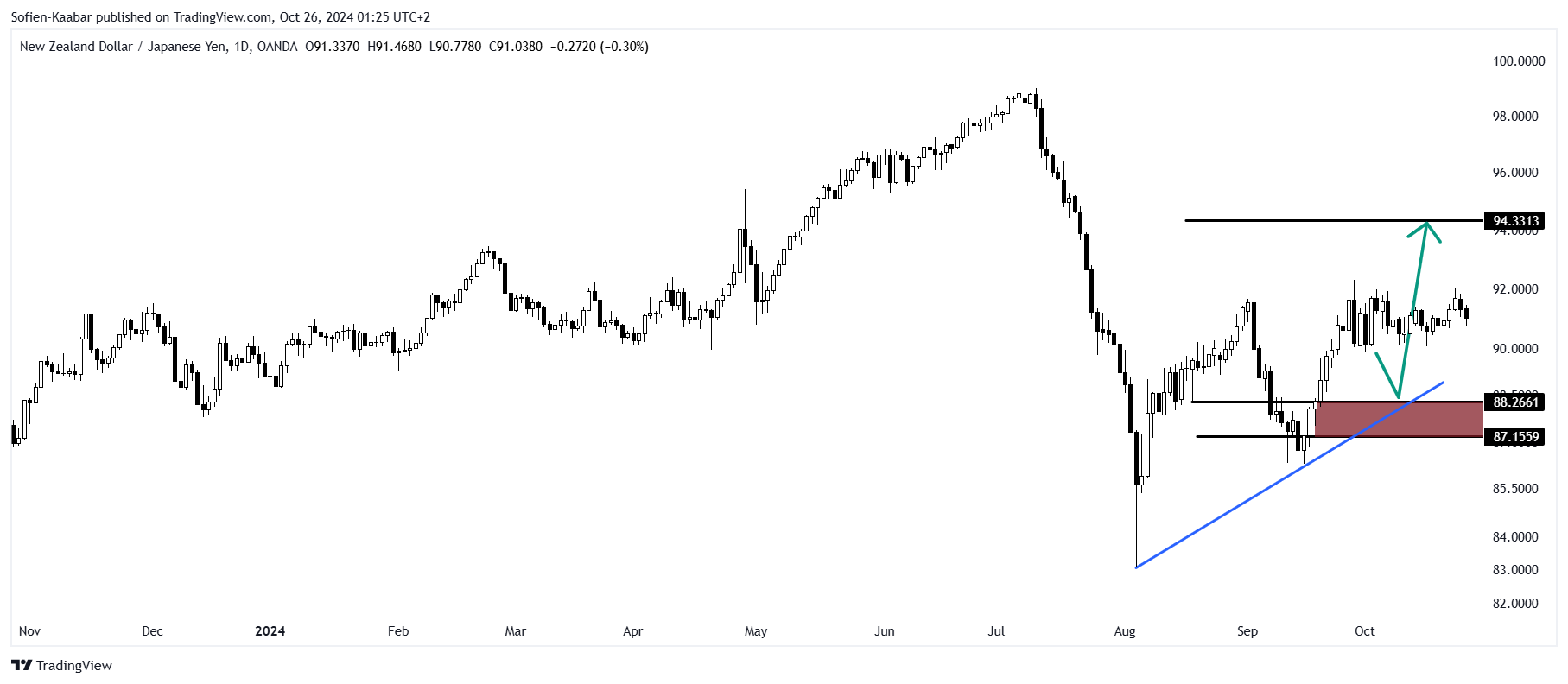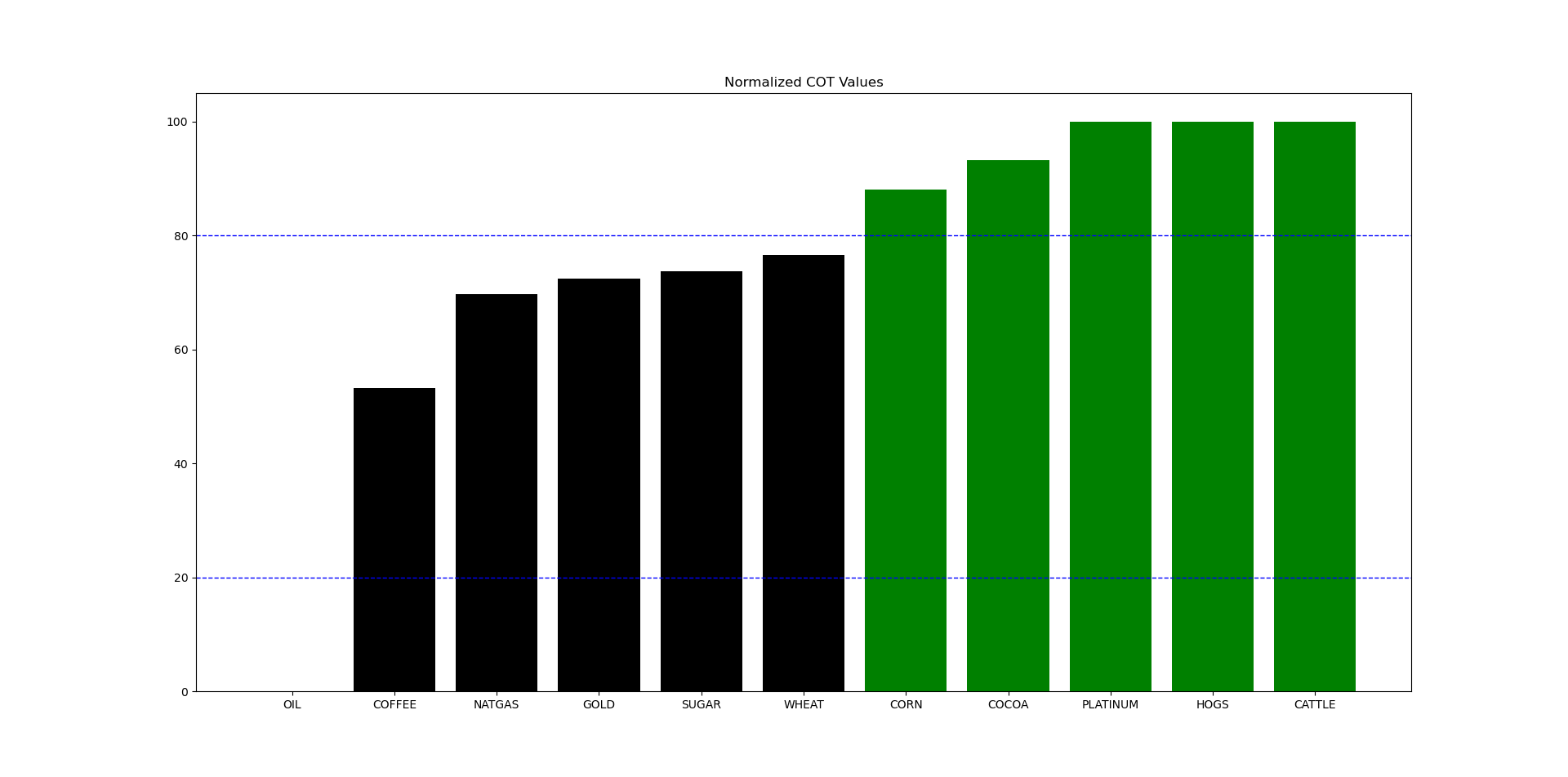The Weekly Market Sentiment Report: 28th October - 1st November 2024
The Weekly Market Sentiment Report: 28/10/2024 - 01/11/2024
CONTENTS
EVOLUTION & NATURE OF THE REPORT
ECONOMIC CALENDAR
MARKET SNAPSHOT
THE COT REPORT STRATEGY
PUT-CALL RATIO SENTIMENT INDEX
THE GAMMA EXPOSURE INDEX
THE MOVING AVERAGE PERCENTAGE INDEX
THE RSI PERCENTAGE INDEX
EQUITY YEARLY MILESTONE INDEX
VOLATILITY INDICES
THE AAII INVESTOR SENTIMENT SURVEY
THE ISM PURCHASING MANAGER’S INDEX (ISM PMI)
THE COT REPORT STRATEGY TRACK RECORD
CORRELATION HEATMAP
RECENTLY CLOSED OPPORTUNITIES
DISCLAIMER
EVOLUTION & NATURE OF THE REPORT
New sentiment models are constantly added while taking into account their overall utility. Feel free to leave a feedback (e.g. nature of the document, its usefulness, its time interval, its content, language, etc.).
The directional views are represented using the following convention and are followed by their charts:
⚡ This symbol represents a new directional opportunity.
🔁 This symbol represents an on-going directional opportunity.
✅ This symbol represents a recently closed opportunity at a profit.
❌ This symbol represents a recently closed opportunity at a loss.
⛓️💥 This symbol represents a neutralized opportunity before seeing its target due to new conflicting technical elements (if the view is neutralized at a loss compared to its entry price, it will be considered as a loss and will have the symbol from the previous step).
The directional views presented must simply be used to help confirm the overall expected direction of the analyzed market. The support and resistance zones are not hard levels, they are merely areas of expected reactions (reversals), and hence for risk management purposes, you are advised to place your stops as you see fit (some noise may occur around the support and resistance levels).
If you want to see more explanatory details on the report, you can refer to the following post:
ECONOMIC CALENDAR
An economic calendar is a tool used in finance and economics to track and display upcoming economic events, announcements, and indicators that are relevant to the financial markets and the broader economy. The following shows what to expect for the coming week:
MARKET SNAPSHOT
The below table summarizes the weekly changes of some of the key markets:
THE COT REPORT STRATEGY
The CFTC publishes statistics of the futures market on a weekly basis called the Commitment of traders (COT) report. The report has many valuable information inside, namely the number of futures contracts held by market participants (hedge funds, banks, producers of commodities, speculators, etc.).
💡 Relevant Information 💡
Two main categories in the COT report must be distinguished:
Commercial players: They deal in the futures markets for hedging purposes (i.e. to cover their operations or other trading positions). Examples of hedgers include investment banks and agricultural giants. Their positions are negatively correlated with the underlying market.
Non-commercial players: They deal in the futures markets for speculative reasons (i.e. to profit from their positions). Examples of speculators include hedge funds. Their positions are positively correlated with the underlying market.
The COT report strategy is the core of this report. It highlights the markets that are overbought or oversold with regards to sentiment. The following table summarizes the current state of the sentiment for currencies and indices:
Make sure to remember that theses are not advices whatsoever, they are merely charts that fuse sentiment analysis with technical analysis:
⚡ NIKKEI: Bullish reaction expected around 37,500/36,700 to 40,400.
⚡ EURZAR: Bullish reaction expected around 19.00/18.85 to 19.60.
🔁 USDZAR: Bullish reaction expected around 17.40/17.20 to 18.10.
🔁 USDBRL: Bullish reaction expected around 5.60/5.50 to 5.87.
🔁 GBPUSD: Bearish reaction expected around 1.3200/1.3275 to 1.2770.
🔁 AUDNZD: Bearish reaction expected around 1.1080/1.1110 to 1.0955.
🔁 SPX/NIKKEI: Bearish reaction expected around 0.15/0.154 to 0.138.
🔁 BTCUSD: Bullish reaction expected around 62,750/60,700 to 72,330.
🔁 NZDJPY: Bearish reaction expected around 88.26/87.15 to 94.33.
🔁 EURMXN: Bearish reaction expected around 21.76/22.29 to 20.30.
🔁 ETHUSD: Bullish reaction expected around 2330/2150 to 3140.
✅ CADJPY: Potential seen/approached.
✅ USDJPY: Potential seen/approached.
✅ AUDUSD: Potential seen/approached.
💡 Relevant Information 💡
The views are found by combining different markets together. For example, if the EUR has an extremely bearish sentiment and the CAD has an overly bullish sentiment, then a bullish position on EURCAD can be interesting if the technical elements justify it.
The following table summarizes the current state of the sentiment for commodities:
Make sure to remember that theses are not advices whatsoever, they are merely charts that fuse sentiment analysis with technical analysis:
⚡ CRUDE OIL: Bullish reaction expected around 69.47/67.69 to 77.16.
🔁 PLATINUM: Bullish reaction expected around 984/970 to 1059.
🔁 SUGAR: Bearish reaction expected around 7866/7383 to 20.75.
⚠️ Relevant Information ⚠️
The track record of the COT report strategy can be found at the end of the newsletter.
PUT-CALL RATIO SENTIMENT INDEX
The equity put-call ratio (PCR), published by the CBOE gives insights to the current market anxiety. It is the number of puts divided by the number of calls. Historically, the correlation with the stock market (S&P 500) has been intuitively negative at ~ -0.40 using the Spearman rank correlation and ~ -0.32 using the Pearson correlation coefficient.
💡 Relevant Information 💡
Correlation is a statistical measure that tells us if there's a relationship between two variables and how strong that relationship is.
Pearson correlation is used when both variables are continuous and follow a linear relationship, meaning when one variable goes up, the other tends to go up or down predictably. Spearman correlation, on the other hand, is used when the relationship is not necessarily linear.
Additionally, the maximal information coefficient (MIC) which measures the degree of non-linear relationship is ~ 0.20, which suggests there is a relationship between the two time series (whether negative or positive). The following chart shows the current and past signals.
🔎 Interpretation 🔎
The bullish signal from two weeks ago has seen its potential. The scanner is now back to neutral stance.
Reminder, the following are the results of the strategy so far:
Total hit ratio = 78.26%
Gross profit factor = 4.21
Number of signals = 46
THE GAMMA EXPOSURE INDEX
The gamma exposure index (GEX) is a measure used in the options market to assess the sensitivity of the market's gamma exposure to price changes. Essentially, gamma provides insight into the convexity or curvature of the option's price in relation to movements in the underlying asset's price.
The GEX quantifies this gamma exposure across a market or a specific underlying asset. A higher GEX suggests a greater sensitivity of the market to price changes, indicating potential volatility due to hedging activities. Conversely, a lower GEX suggests less sensitivity and potentially lower volatility. The correlation between the S&P 500 and the GEX is quite high, which may give interesting timing opportunities.
Here’s how I use the GEX:
Keep reading with a 7-day free trial
Subscribe to The Weekly Market Sentiment Report to keep reading this post and get 7 days of free access to the full post archives.




